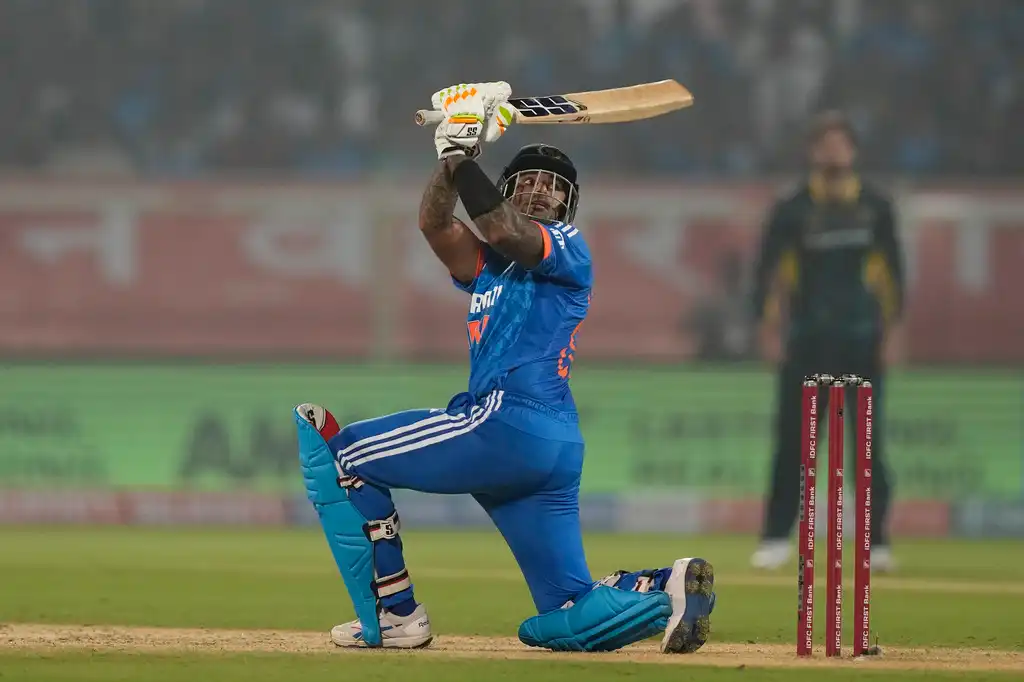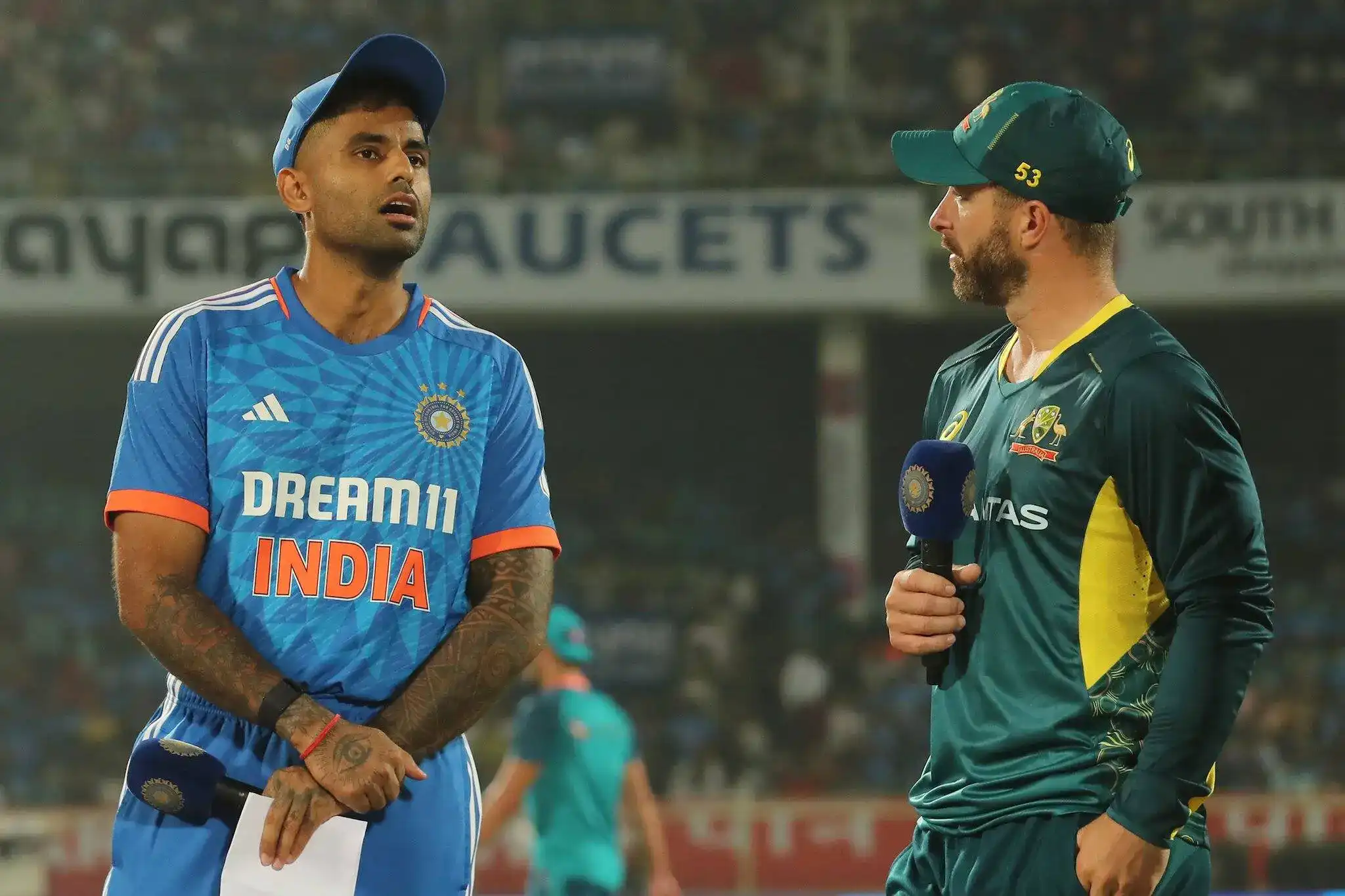.jpg?type=hq) India will be looking to improve their bowling performance in the second match against Australia (Source: AP Photos)
India will be looking to improve their bowling performance in the second match against Australia (Source: AP Photos)
India's young bowling unit, despite clinching victory in the first T20I against Australia, faces a crucial examination in the upcoming match. The opening encounter revealed certain vulnerabilities in the bowling department, with pacers Arshdeep Singh and Prasidh Krishna conceding at high economy rates of 10.25 and 12.50 runs per over, respectively. Leg-spinner Ravi Bishnoi also struggled, going for 13.50 runs per over.
The T20 format demands adaptability and variety from bowlers, and in the previous game, the Indian bowling trio lacked the imaginative approach needed on challenging surfaces. While it's not uncommon for bowlers to face challenges in T20s, India's young bowling talents must quickly learn and adjust their strategies to be more effective in the upcoming match.
For More Such Reads, Click Here.
Despite the bowling concerns, the team is expected to retain its batting order. Batters like Ruturaj Gaikwad and Tilak Varma, will be eager to contribute meaningfully with the bat. The second T20I presents an opportunity for India's young bowlers to showcase resilience and apply the lessons learned from their experiences in the opening game. The team management will closely monitor their performance, hoping for an improved and more adaptable effort as India seeks to secure another victory in the T20I series against Australia.
Bowling Revamp: India's Pacers and Spinners Target Improvement
The Indian bowling unit had a challenging outing in the first T20I against Australia, grappling to contain the opposition batters effectively. The collective performance left much to be desired as the team conceded a substantial total of 208 runs.
During the initial phase of 1-10 overs, Prasid Krishna encountered difficulties, proving to be expensive and failing to exert adequate pressure on the Australian batters. His figures of 32 runs conceded in just 2 overs with an alarming economy of 16 highlighted the need for improvement, particularly in the powerplay phase.
In the subsequent overs between 11-20, a critical period influencing match outcomes, Ravi Bishnoi's bowling proved to be on the expensive side. He gave away 39 runs in 2 overs, recording an economy of 19.50. This exposed vulnerabilities in the middle overs, necessitating a strategic reassessment to curb the run flow and secure crucial wickets.
Arshdeep Singh faced challenges in the death overs, conceding 34 runs in 2 overs with an economy of 17. The Indian bowling unit, collectively and individually, needs to reassess and refine strategies, with a particular focus on both the powerplay and death overs. As India gears up for the second T20I, the bowlers' ability to adapt, stay disciplined, and execute their plans effectively will play a pivotal role in shaping the team's success.
Conclusion
In the aftermath of the first T20I against Australia, the Indian bowling unit faces the imperative task of refining its strategies for the upcoming matches. Prasidh Krishna, who struggled in the powerplay phase, needs to fine-tune his bowling approach during the initial overs. The management will likely emphasize the importance of containing runs and building pressure during this critical stage of the innings.
Ravi Bishnoi and Arshdeep Singh, who confronted challenges in the middle and death overs, respectively, are expected to devise more effective plans. Bishnoi, known for his leg-spin variations, may focus on tightening his line and length to limit the opposition's scoring opportunities. Arshdeep Singh, operating in the death overs, might need to enhance his execution of yorkers and slower deliveries to curb the run flow and pick up crucial wickets.

.jpg)


.jpg?type=mq)

